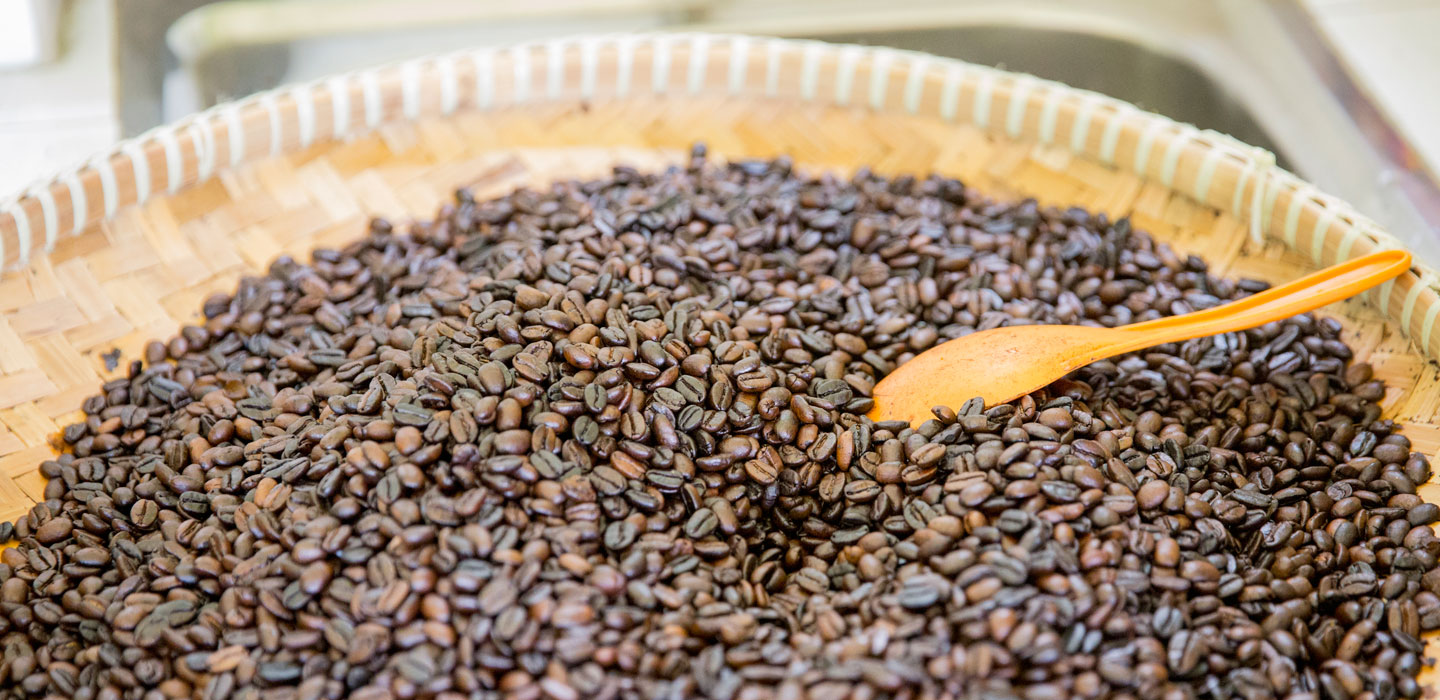Papers and briefs
In Brief

In Brief
Menu Display
Search Results Filters
Search Results
Fulfilling the promise of African agriculture
Yet this barely scrapes the surface of Africa’s promise. Only 6 per cent of cultivated land is irrigated in Africa, compared with 37 per cent in Asia, for example. Africa also has the largest share of uncultivated land with rain-fed crop potential in the world. In addition, African farmers use substantially less fertilizer per hectare than counterparts in East Asia and the Pacific.
Improving nutrition through agriculture
part of that mission. Of course, other sectors have roles to play, but good nutrition begins with food and agriculture.
Policy case study Lao People’s Democratic Republic - Exchange on good practices for public policy consultations
Despite strong and sustained economic growth over the past two decades, and a considerable reduction in national poverty rates, poverty in rural LaoPeople’s Democratic Republic (PDR) affects 30 per cent of the population. IFAD’s engagement in Lao PDR is guided by a country strategy that focuses on three primary goals: improved community-based access to, and management of, land and natural resources; improved access to advisory services and inputs for sustainable, adaptive and integrated farming systems; and improved access to markets for selected products.
Policy case study Mexico - Supporting design of a national programme as a policy solution for reducing rural poverty
Policy case study Tajikistan - Exchange on good practices for public policy consultations
Tajikistan is the poorest of the former Soviet republics, and 77 per cent of its population lives in rural areas. Rural livelihoods typically depend on subsistence farming, livestock and remittances, with livestock ownership being a key component in income generation and diversification. In poor and remote agroecological regions the production of angora (which is processed into mohair) and cashgora goats often represents the only source of livelihood, particularly for poorer households. However, since the collapse of the Soviet Union, the sector has been constrained by the absence of goat breeding programmes, the limited harvesting and processing skills of small producers, and the lack of access to high-value markets. These factors have had direct impacts on the incomes of poor rural households, and particularly women, in Tajikistan.